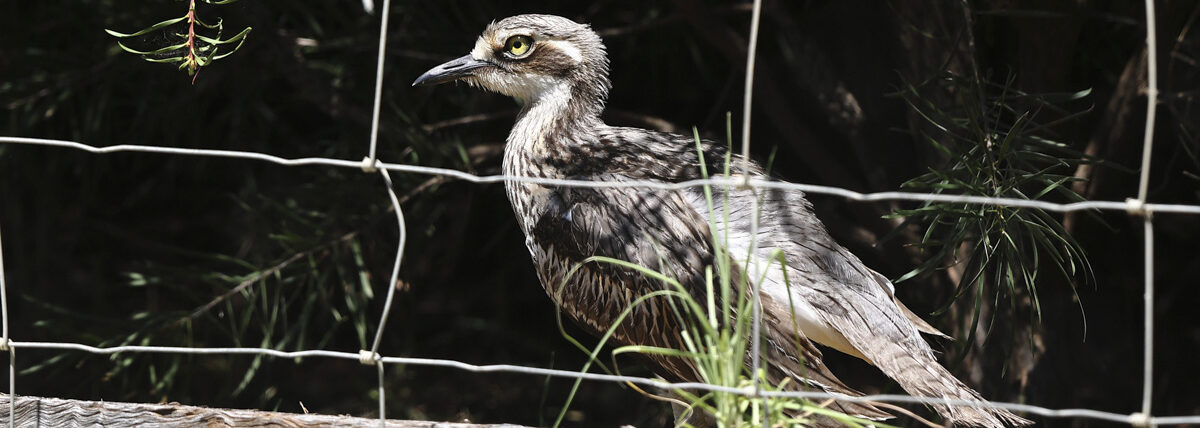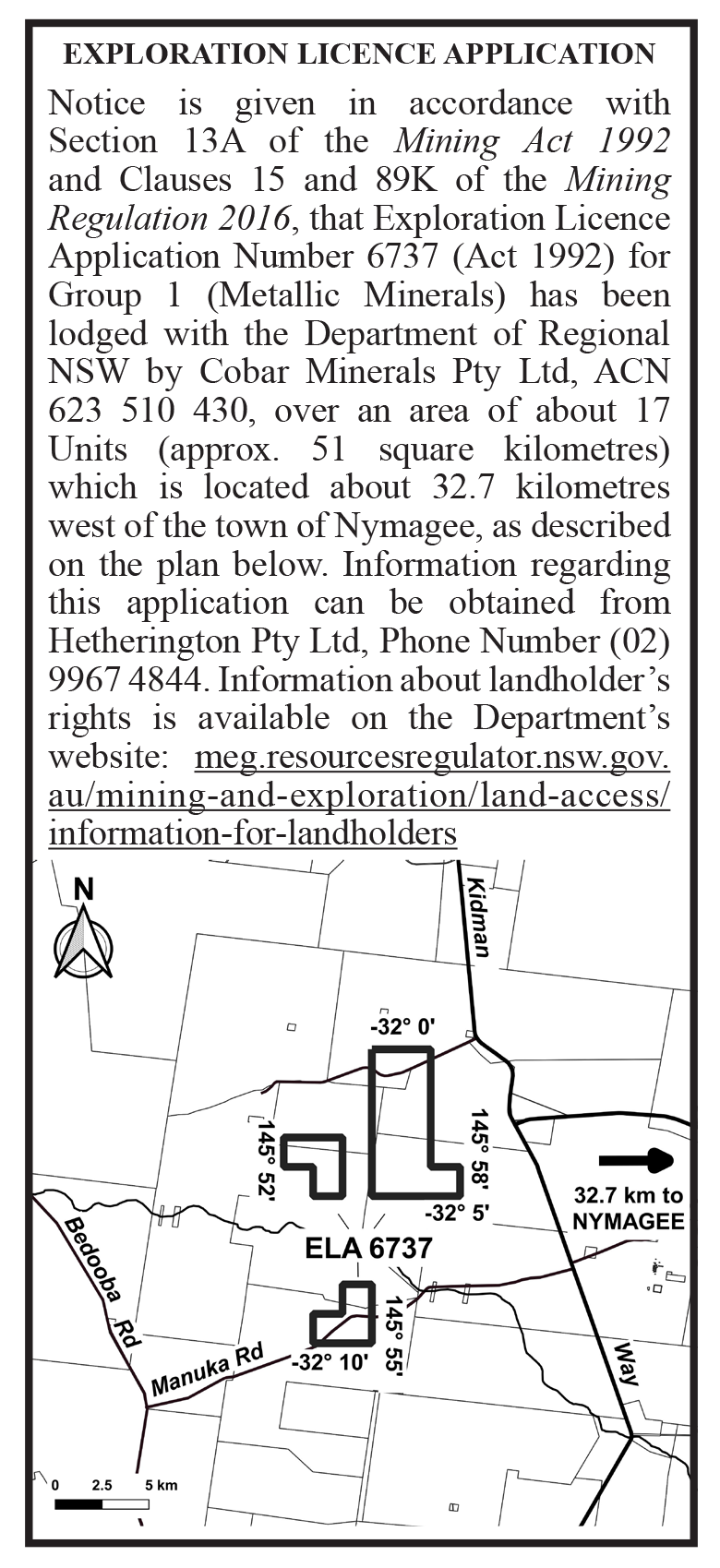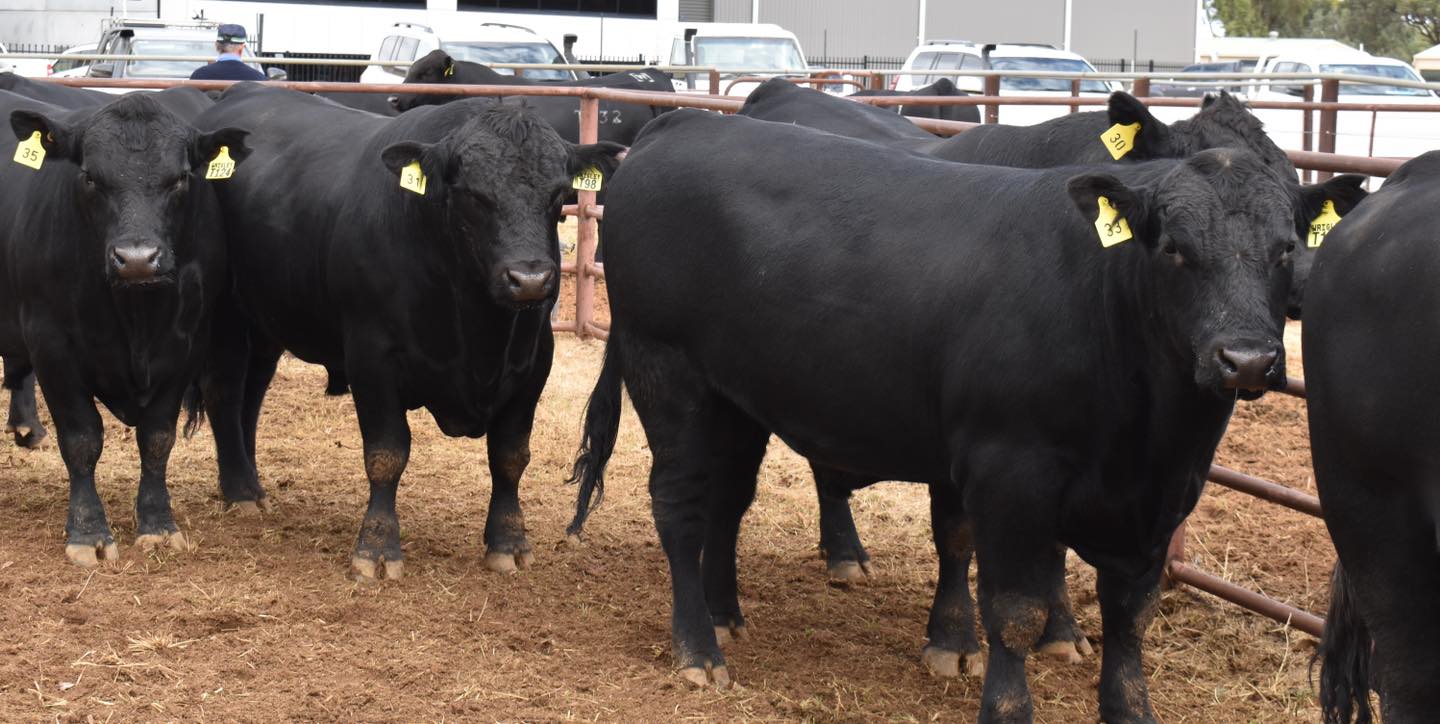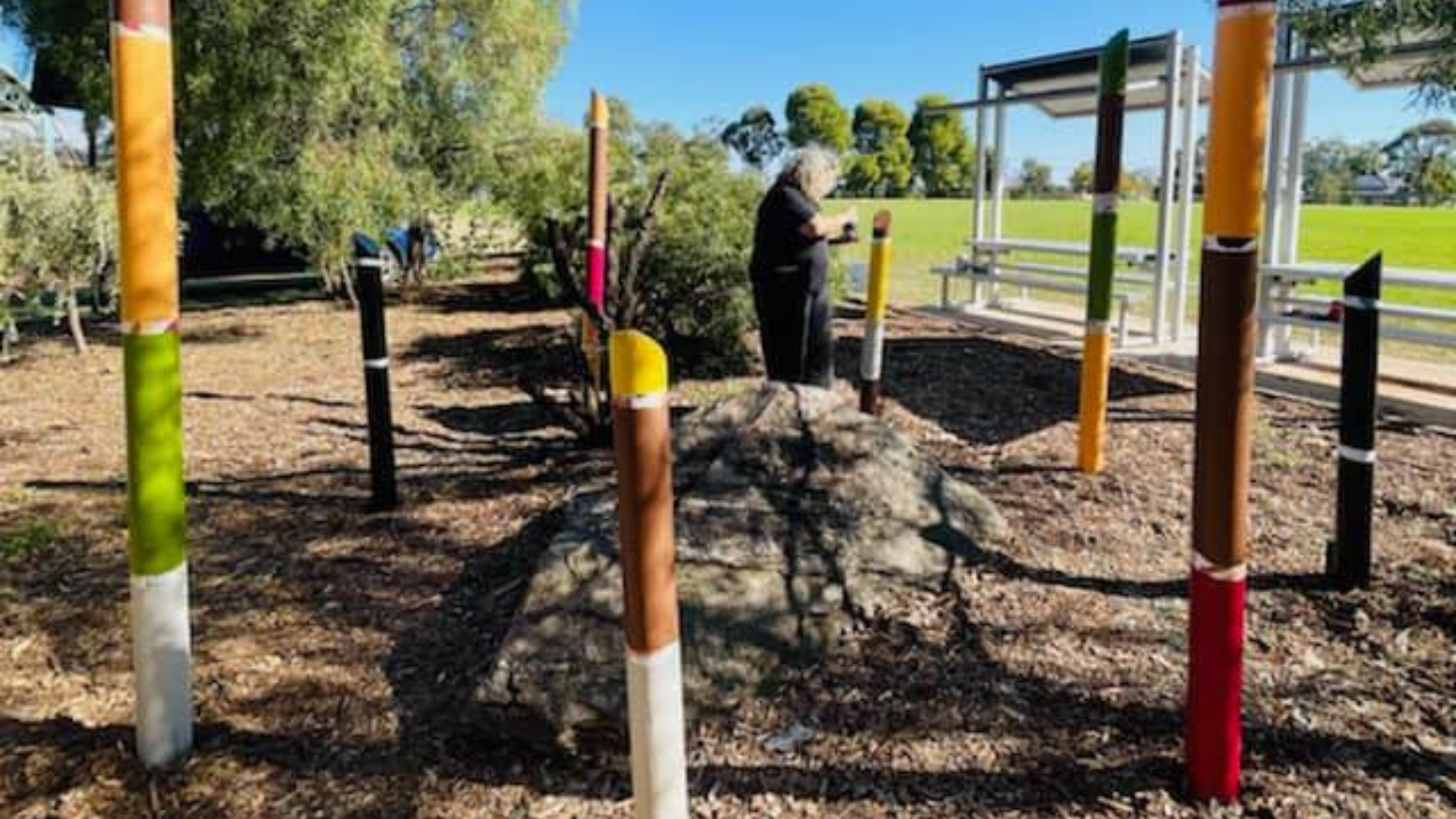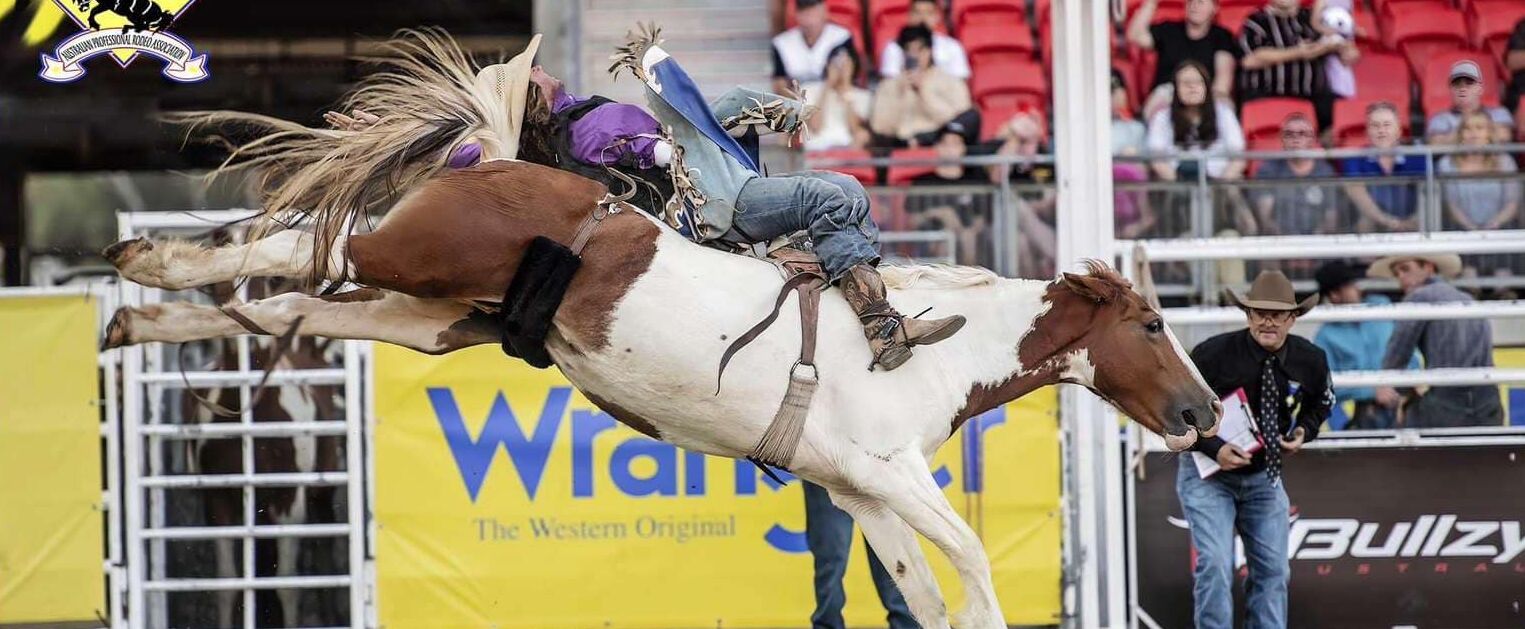Curlew in Condobolin
Quick thinking on Friday 2nd February by some locals has led to the discovery of a rare bird in Condobolin.
Cathy Thorpe saw this unusual bird in her back yard and realised it might be something important, so she sent a picture to next door neighbour Pen McLachlan. Being a bit of a bird enthusiast herself Pen realised what it was and called me knowing that I would be very interested to know about it. So around I went and found the bird resting beneath a shrubby bush.
It turned out to be a very rare sighting of a bird that was once common in these parts but has been in decline for years now, due mainly to cats, foxes, and land clearing. I have lived in Condo for forty years and have been a keen birder for most of that time and this is only the second time I have ever seen this bird anywhere in the Lachlan Shire.
The bird in question is a Bush Stone-curlew (Burhinus grallarius) and it is a very unusual species. Curlews are about the size of a Magpie with a long neck and tail and big yellow eyes. They also have very long legs and stand about 600mm or two feet tall. They are a mottled grey/brown colour and are extremely well camouflaged especially when they stand dead still or lie flat on the ground. By doing this they usually remain undetected and are very hard to see.
This is their main defence strategy and is very important to them as they are ground dwelling birds who live, feed and nest on the ground. They can fly well but usually only do so as a last resort when threatened.
Being nocturnal is another reason why these birds are hard to find and see. They spend their nights feeding and foraging for insects and other small creatures on the ground and then spend the daylight hours sleeping and resting under a small bush or tree. The first encounter many people have with them is hearing their eerie calls in the night.
They have a loud wailing call that carries quite long distances and really gets your attention when you hear it for the first time. They prefer open woodland with an understory of small shrubs and bushes along with scattered dead timber and tree limbs. Here they lay their two eggs in a small scrape on the ground where both sexes incubate them.
Nowadays these birds are rare in NSW and apart from a few strongholds along the coast in semi-rural suburban settings they have all but disappeared. I think this bird may be a young adult who has been ejected from his parents’ territory after last springs breeding season. Occasionally they turn up around towns and peoples back yards as they disperse and look for their own territories.
I would be very interested to hear if anyone else sees this bird anywhere in this district in the future as it may stick around for a while as it moves through. That goes for any other interesting bird sightings people may have as I am always interested to know what bird activity is going on. Even very rough phone pics are a great help in identifying strange birds.
You can email me at chaddy@westserv.net.au or text me on 0417453814
Contributed Warren Chad.
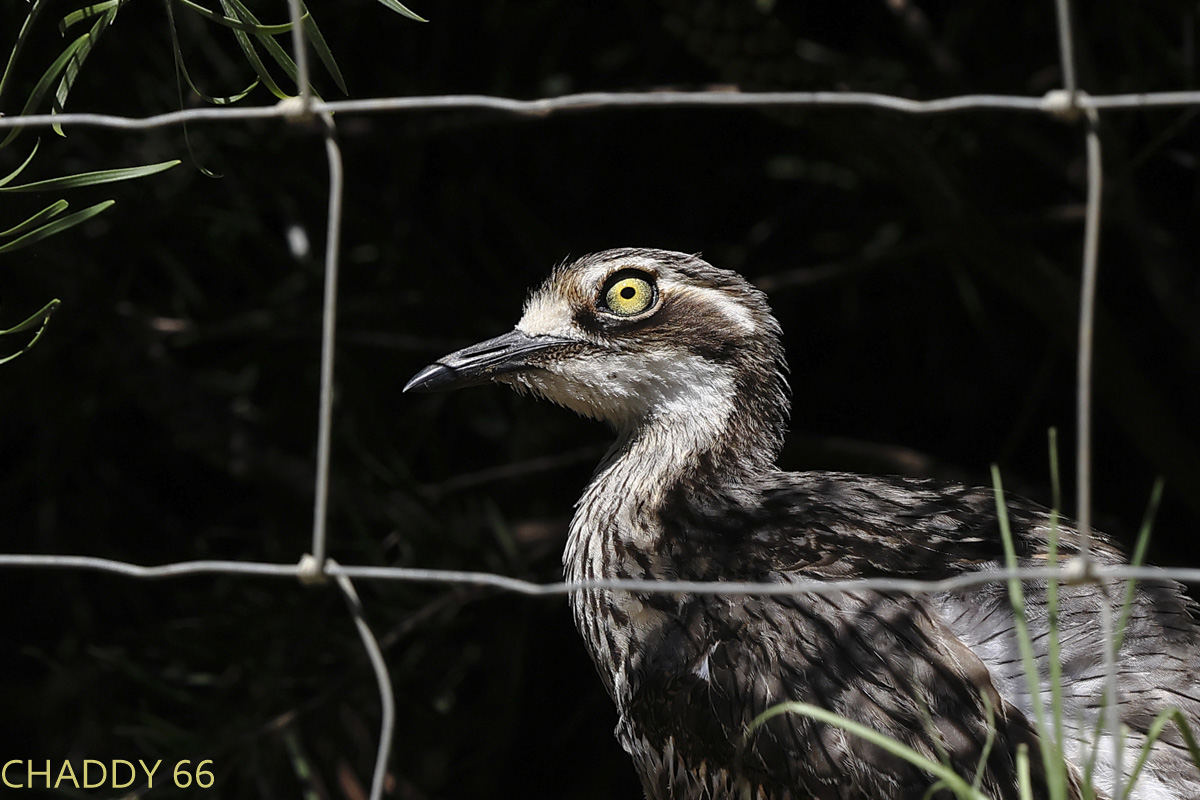
Latest News
Full clearance at Wrigley Annual Bull Sale
The annual Wrigley Cattle Co Bull Sale achieved a full [...]
2024 CHS SRC Representatives
Several Condobolin High School students were recognised with Condobolin RSL [...]
Lake verse Griffith
Lake Cargelligo Junior Rugby League versed Griffiths Black and Whites [...]
CHS ANZAC Day commemoration
The Condobolin High School held its Commemoration of ANZAC on [...]
Tullamore Ceilidh
The Tullamore Irish Gathering was held Friday evening 12 April [...]
Cultural Garden Rejuvenation at Condobolin Public School
Condobolin Public School’s Cultural Garden in undergoing a rejuvenation. Members [...]

